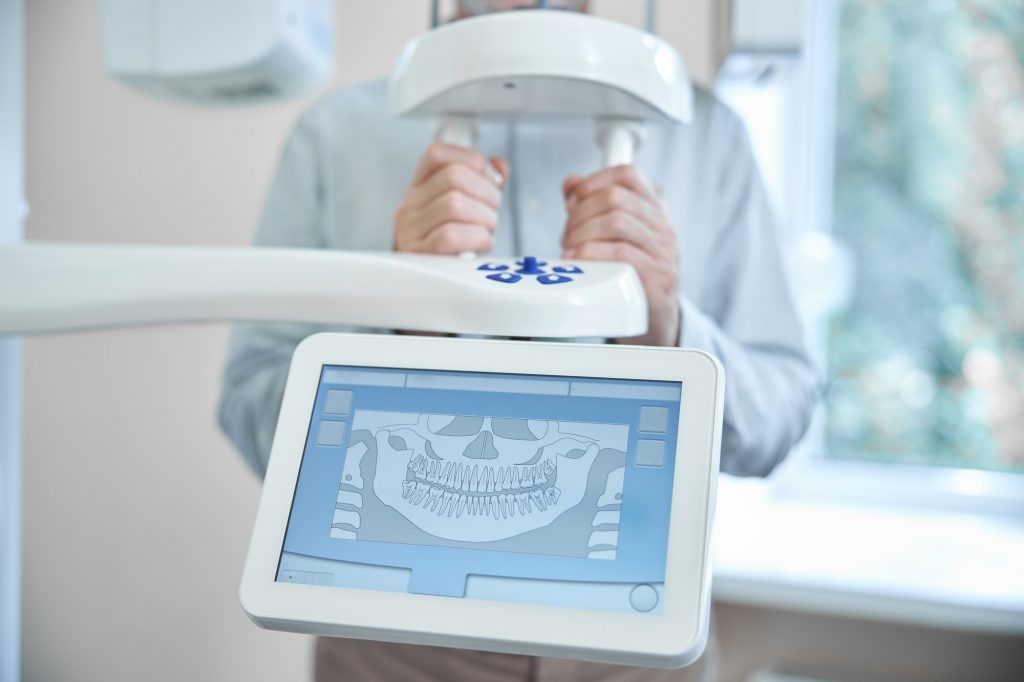How many teeth should a person have?(part one)
Teeth are essential. They help people talk, chew and swallow food. Adults usually have 32 teeth, four of which are wisdom teeth(wisdom teeth).
A complete set of adult teeth consists of 16 lower teeth and 16 upper teeth.
In this article, we will discuss the anatomy and the operation of the teeth, how many teeth adults and children have, how to maintain healthy teeth and when you should visit a doctor dentist.
Each set of teeth includes:
- four incisors, in the middle of the row at the front of the mouth
- two fangs, one on each side of the cutters
- two progomfus and three molar(bankers) on the back, with five on each side
However, not all have third parties molar, ή wisdom teethon their jawbone. If an adult has wisdom teeth, tend to start appearing around the age of 18. They may not appear at all.
If a wisdom tooth not properly displayed or infected, a dentist he may have to remove it.
Dentistry
A main study in Dentistry confirms that the teeth are made of calcium.The teeth begin to develop before birth and children tend to have all the children's teeth up to the age of 3 years.
Each tooth consists of Crown and Root. The crown is the visible white part and the root is the invisible part of the tooth hidden by the gums. The root "anchors" the tooth to the lumbosacral region. The teeth are also made up of layers called the adamantine(enamel), ostein and polo.
Enamel
The enamel covers the outside of the tooth and protects it from physical and chemical injuries.
According to a 2020 article on the development of teeth in American Physiological Reviews , the enamel is developed in three stages:
Secretory stage
The amalgamated, which is a type of cell that occurs only in the teeth, create enamel. Initially, these cells produce proteins and enamel crystals. These proteins and crystals will eventually turn into enamel.
Transitional stage
During this stage, about the 25% of cells amalgamated die. Researchers think this may be because they start to contain too much calcium. As a result, the ameloblasts produce less enamel proteins.
Maturity stage
During the maturation stage, the following develop enamel crystals, which makes the enamel hard and durable.
These different shapes stop the movement of small molecules in the enamel, helping to protection of teeth.



























